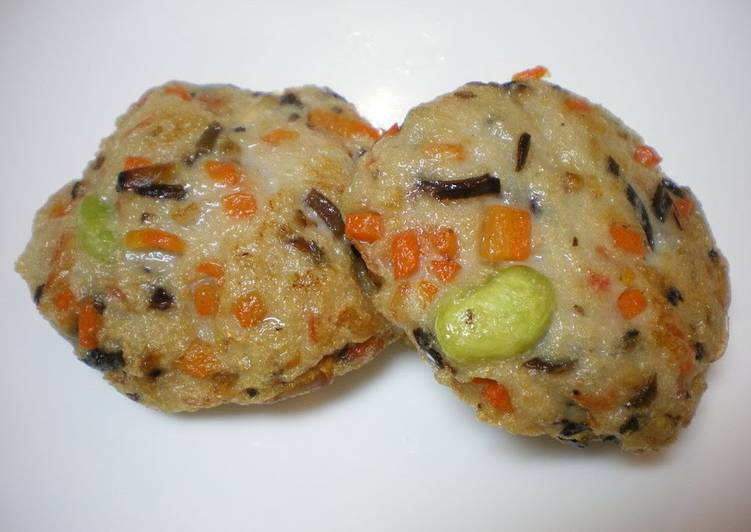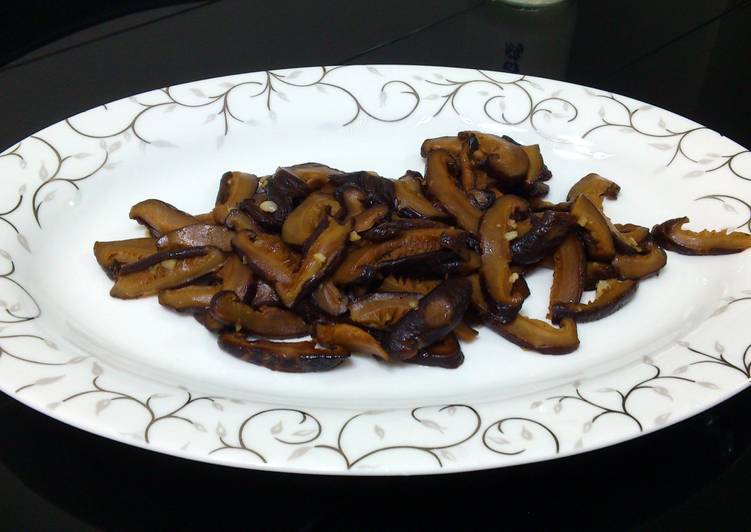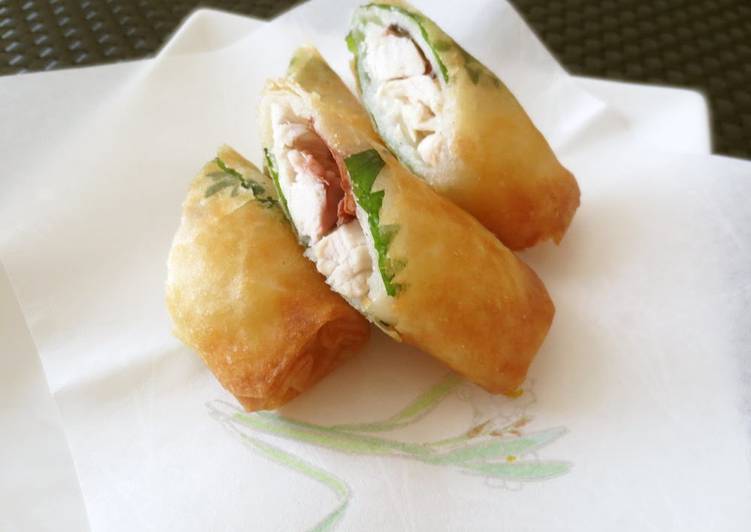
Hello everybody, I hope you’re having an incredible day today. Today, I will show you a way to make a distinctive dish, home-made satsuma-age fish cakes. One of my favorites. For mine, I am going to make it a little bit tasty. This will be really delicious.
Japanese fish cakes are made in a similar way to Thai fish cakes but the flavourings are less spicy and use common Japanese seasonings. It is also a fish cake but instead of deep frying the fish cake, it is steamed and then grilled. If you have a food processor, making satsuma-age is quite easy. Mix up your fish cakes with these unique patties!
Home-made Satsuma-age Fish Cakes is one of the most favored of current trending foods on earth. It is appreciated by millions every day. It’s simple, it’s fast, it tastes delicious. Home-made Satsuma-age Fish Cakes is something that I have loved my entire life. They are fine and they look fantastic.
To begin with this particular recipe, we have to prepare a few components. You can have home-made satsuma-age fish cakes using 11 ingredients and 8 steps. Here is how you can achieve that.
The ingredients needed to make Home-made Satsuma-age Fish Cakes:
- Prepare 400 grams White fish such as cod
- Prepare 30 grams Lima beans (frozen ones are OK)
- Get 30 grams Carrot
- Take 20 grams Wood ear mushrooms (rehydrated and squeezed out of the excess water)
- Get 2 tbsp Dried shrimps
- Make ready 2 Dried shiitake mushrooms (rehydrated and chopped finely)
- Take 16 grams Sugar
- Prepare 7 grams Salt
- Get 1 tsp each Soy sauce and juice from grated ginger
- Get 16 grams Cornstarch
- Get 2 tsp of water and sake Water to dissolve the cornstarch
They can be prepared with various types of fish such as cod, pollock, sardines, mackerel, or tuna, as well as other seafood additions like squid, octopus, or shrimps. Although it is believed they originated and were later named after Satsuma. Fried fish was known as "Chikiagi" and spread to Kagoshima. From Kagoshima it spread all over the country and has different names in different parts of Japan.
Instructions to make Home-made Satsuma-age Fish Cakes:
- These are the ingredients. You can see one filet of fish in the photo, but I actually used 2 filets of fish (400 g).
- I used 2 kinds of fish and you can see the difference of the colour in this photo. Blitz the fish in a food processor.
- Transfer the fish into a mortar (with pestle) bowl.
- My mortar and pestle is small, so I ground the fish until smooth in 4 batches. This is a tiring job, but you will have plump fish cakes by doing this process.
- Add the sugar and salt and grind the mixture further. Add the cornstarch dissolved in water and sake, and stir in the wood ear mushrooms and carrot.
- Add the soy sauce and juice from the grated ginger, and shape the mixture into balls. Personally, I believe the wood ear mushrooms and lima beans are essential.
- Deep-fry the fishballs in the oil heated to 100-140˚C for 4-5 minutes. If you use fresh oil, you will have pale-browned fishballs. If the oil has been used many times before, they will be dark-colored.
- It is done. Note: In the photo at Step 5, you can see a naruto sitting next to the fish cakes. I tried to make it for fun.
Fried fish was known as "Chikiagi" and spread to Kagoshima. From Kagoshima it spread all over the country and has different names in different parts of Japan. Generally, it is called "Satsuma Age" (fish cake). Japanese fish cakes are made in a similar way to Thai fish cakes but the flavourings are less spicy and use common Japanese seasonings. Unlike typical Western-style fish cakes, they do not use flour or mashed potatoes to bind the fish together.
So that is going to wrap this up for this special food home-made satsuma-age fish cakes recipe. Thank you very much for your time. I am confident that you will make this at home. There’s gonna be more interesting food in home recipes coming up. Remember to bookmark this page on your browser, and share it to your family, colleague and friends. Thanks again for reading. Go on get cooking!

